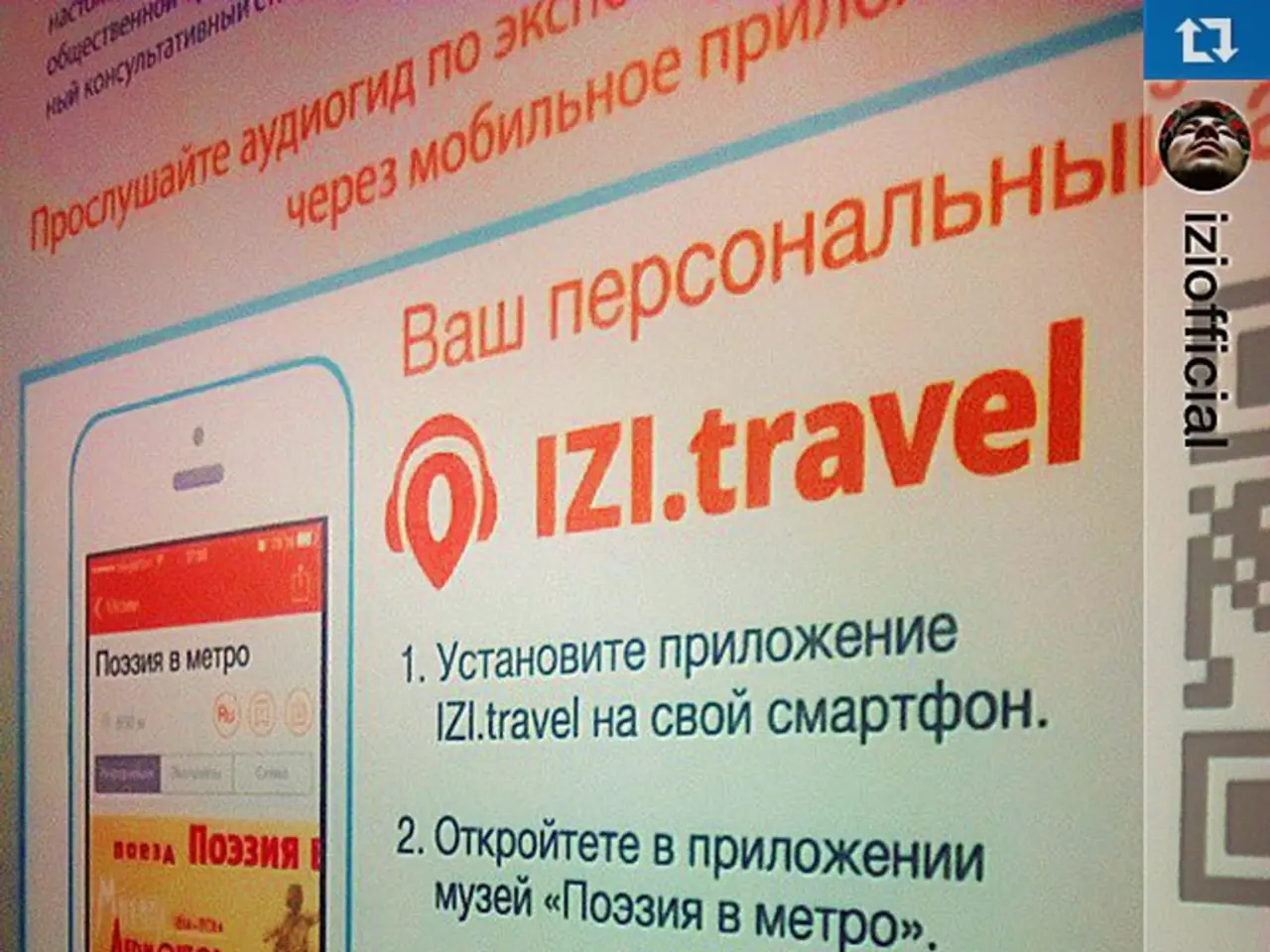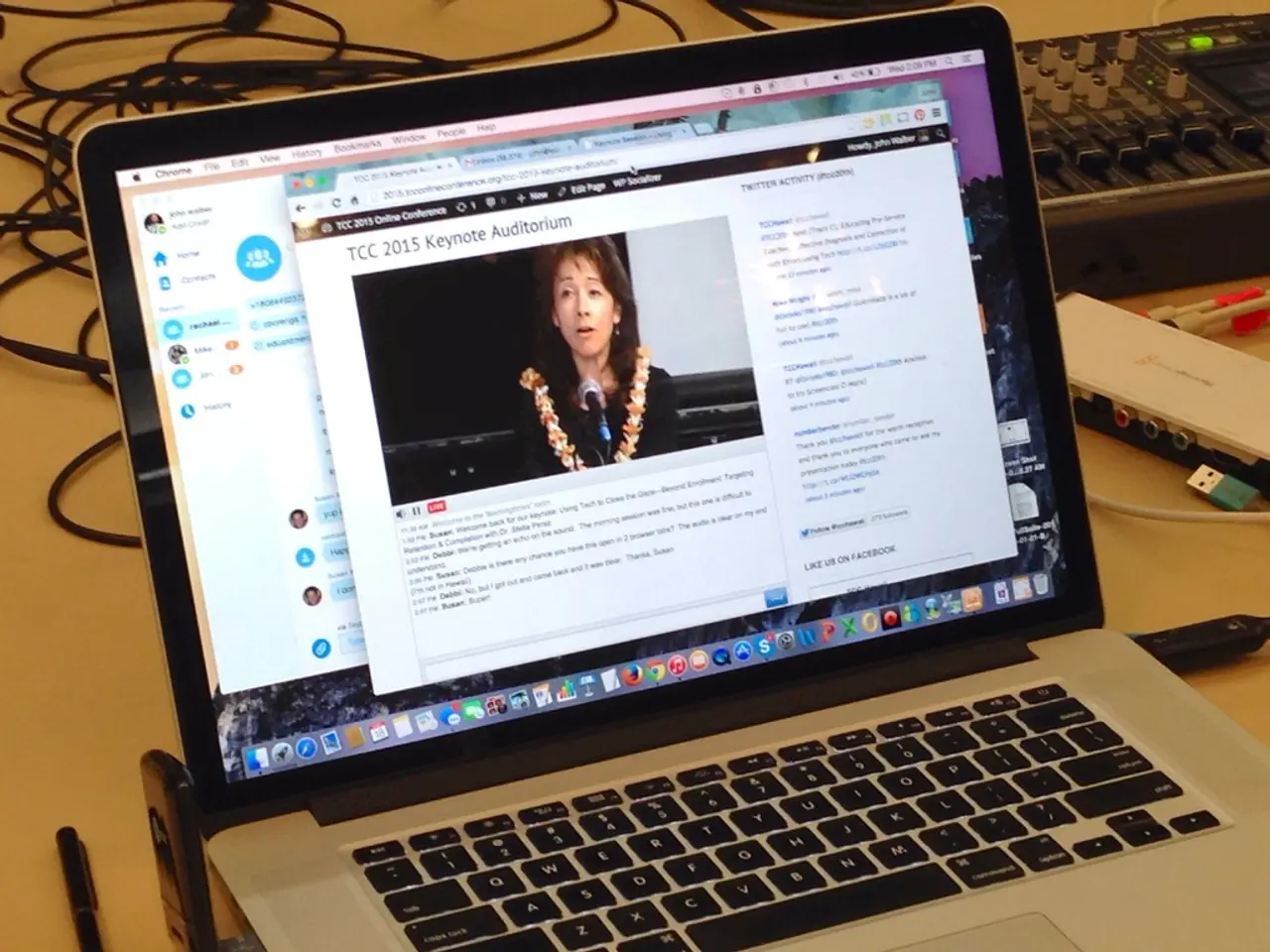Generating Streaming Income Optimally: Dynamic Ad Insertsion as a Profitable Monetization Method
In the digital-first media landscape, broadcasters are increasingly turning to Dynamic Ad Insertion (DAI) to deliver premium viewing experiences and maximize ad revenue. This innovative technology offers a range of benefits, from real-time measurement to personalized advertising, but scaling DAI effectively is key to its success.
1. **Leverage AI-Driven Automation and Personalization:** By employing AI and machine learning, broadcasters can automate real-time bidding, optimize creative delivery, and tailor ads dynamically to individual viewers' preferences and behaviours. This enables seamless ad personalization at scale, increasing engagement and revenue without sacrificing viewer experience.
2. **Build Cross-Platform Compatibility with Adaptive Formats:** Using scalable, lightweight ad formats such as dynamic SVG ads can significantly improve load times and maintain crisp quality across devices, including mobile and Connected TV (CTV). These ads adapt to different screen sizes and viewer segments automatically, reducing the need for multiple asset versions and boosting click-through rates.
3. **Tap into the Open Web and Diverse Inventory Sources:** Integrating with thousands of premium publishers and retail platforms across the open internet broadens the audience pool and increases opportunities for targeted campaigns, maximizing revenue potential.
4. **Leverage First-Party Commerce and Behavioral Data:** Precise targeting based on real-time shopping behaviours and purchase intent derived from first-party data enhances ad relevance and conversion rates, thereby improving ad revenue efficiency.
5. **Ensure Seamless Viewer Experience:** Maintaining high-quality video and ad delivery with minimal buffering or load times is crucial for DAI success. Technologies like Broadpeak’s DAI-T allow replacing traditional linear ads with programmatic, targeted ads across live and on-demand streaming, which preserves seamless playback and improves monetization.
6. **Implement Scalable, Automated Campaign Management:** Integrating platforms that support automated campaign optimization and real-time reporting allows broadcasters to scale without manual overhead, continuously improving performance as campaigns evolve.
7. **Orchestration Software:** Orchestration software enables the monetization of multiple pop-up channels without requiring additional infrastructure.
8. **Multi-Avail Breaks:** Multi-Avail Breaks enable broadcasters to replace ads within a break, increasing potential monetization across distribution partners.
9. **Monetizing Legacy Devices:** Monetizing legacy devices, like pre-2020 smart TVs, is important for broadcasters to reach their entire audience.
10. **Close Adtech Integration:** Close adtech integration, with broad support for VAST (2.0 to 4.2) and multiple ad servers, ensures flexibility and performance across all demand sources.
11. **SSAI and Client-Side Tracking:** To deliver the most accurate, trusted measurement, SSAI should be paired with client-side tracking for granular level reporting. The soon-to-be-ratified Common Media Client Data (CMCDv2) standard will provide accurate data for IAB-compliant ad measurement in situations where client-side SDKs are impractical or content ownership is not controlled.
By focusing on these key strategies, broadcasters can effectively scale DAI across devices, platforms, and viewers while maintaining quality and maximizing ad revenue.
- Broadcasters can utilize AI-driven automation and personalization to automate real-time bidding, optimize creative delivery, and dynamically tailor ads to individual viewers, boosting engagement and revenue.
- Scalable, lightweight ad formats like dynamic SVG ads can improve load times and maintain crisp quality on diverse devices, contributing to higher click-through rates.
- Integration with thousands of premium publishers and retail platforms enhances opportunities for targeted campaigns, broadening the audience pool and maximizing revenue potential.
- Leveraging first-party commerce and behavioral data provides the means for precise targeting, increasing ad relevance and conversion rates for improved ad revenue efficiency.
- Ensuring seamless viewer experience is essential, with high-quality video and ad delivery preserving playback and improving monetization through technologies like Broadpeak’s DAI-T.
- Automated campaign management integrated with platforms supporting optimization and real-time reporting allows broadcasters to scale efficiently, continuously improving performance as campaigns evolve.
- Orchestration software enables the monetization of multiple pop-up channels without the need for extra infrastructure.
- Multi-Avail Breaks help broadcasters increase potential monetization across distribution partners by replacing ads within a break.
- Monetizing legacy devices like pre-2020 smart TVs is vital for broadcasters to reach their entire audience.
- Close adtech integration, with broad support for VAST (2.0 to 4.2) and multiple ad servers, ensures flexibility and performance across all demand sources.
- To deliver accurate, trusted measurement, SSAI should be combined with client-side tracking for comprehensive reporting. The soon-to-be-ratified Common Media Client Data (CMCDv2) standard offers accurate data for IAB-compliant ad measurement in situations where client-side SDKs are impractical or content ownership is not controlled.




